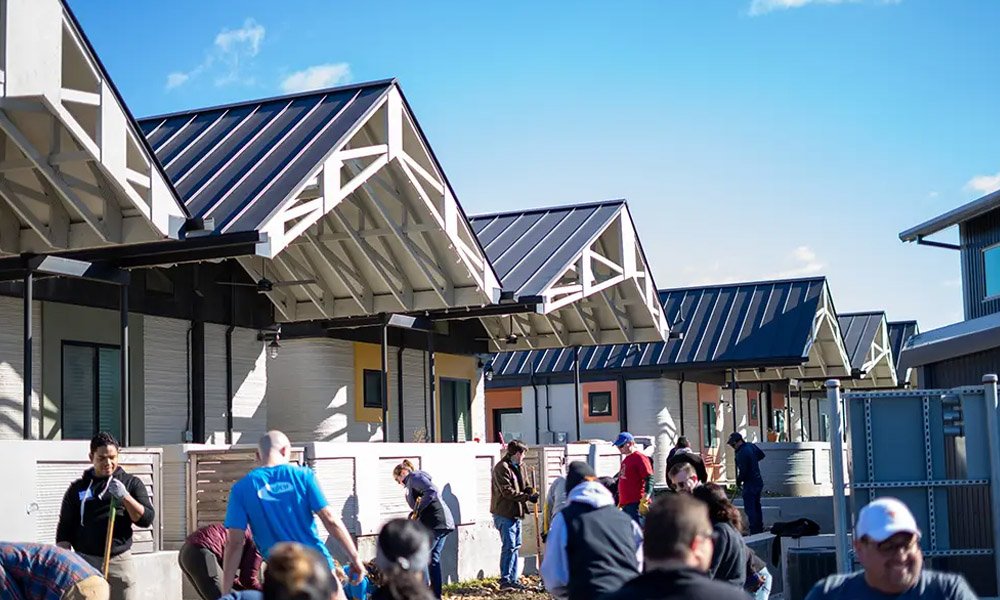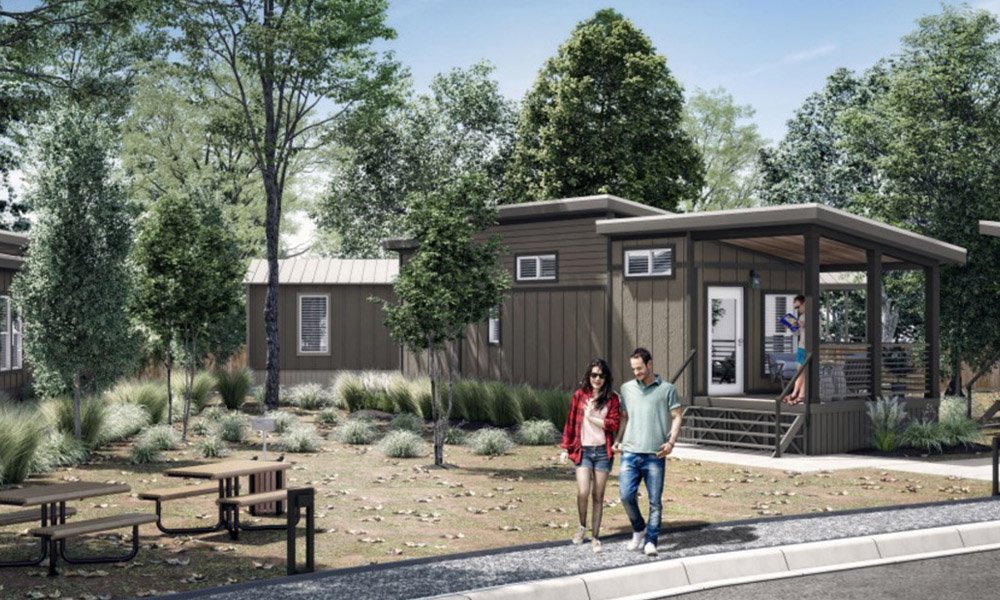Austin, Texas, has long been recognized for its lively culture, thriving tech economy, and distinctive combination of urban and natural beauty. However, in recent years, a new trend called community-centric living has begun to reshape people’s perceptions of communities and houses. This tendency extends beyond the physical area of a home and addresses the human desire for connection, cooperation, and shared experiences. As Austin grows, the emphasis on community-centric living is increasingly impacting housing projects, urban architecture, and even inhabitants’ daily lives.
What Is Community-Centred Living?
Community-centric living requires a lifestyle transition, not merely a design option. Unlike typical neighborhoods, which value private ownership and personal space, this method focuses on building strong, lasting relationships among members. The idea is to create situations in which people don’t only live nearby, but actively interact with one another, whether through social gatherings, shared activities, or community areas.
In places like Austin, where fast growth frequently poses problems to neighborhood cohesiveness, community-centric living provides an alternative to the isolation that may sometimes accompany urban expansion. This style of life focuses on teamwork, mutual support, and a shared feeling of responsibility. It’s about instilling a sense of belonging that goes beyond a home’s four walls, allowing occupants to feel a part of something bigger than themselves.
Design Principles for Community-Centric Living
One of the most important aspects of community-centered living is the emphasis on space design. Austin’s new housing projects have community areas that stimulate connection and collaboration. These rooms are not only useful, but also purposely created to encourage inhabitants to connect.
These communities are characterized by community gardens, communal parks, and recreational facilities, all of which encourage sociability and collaborative action. Residents might bond with shared experiences, such as places for outdoor activities, gardening initiatives, or even community-based art pieces. This design ethos promotes openness and accessibility, resulting in a physical setting conducive to natural human interaction.
The arrangement of these neighborhoods is quite important. Streets are frequently planned with pedestrian walkability in mind, encouraging people to walk, ride, or assemble in common areas. By removing impediments to connection, such as isolated residences or huge parking lots, these designs encourage unplanned meetings and strengthen neighborly ties.

The Role of Local Initiatives
Local efforts play an important role in fostering community spirit in these living situations. Beyond the confines of the house, community-centered living thrives on involvement in local activities and events. Farmers’ markets, art festivals, charity races, and even neighborhood clean-ups provide chances for locals to get involved and contribute to the larger good.
These local projects play an important role in Austin’s community-first mindset. Organizations and grassroots movements frequently arrange neighborhood-wide events to bring people together, whether for pleasure or social reasons. Such activities not only create community bonds but also boost local economies, instilling a feeling of common ownership in the neighborhood.
The consequences of these activities are far-reaching. They assist inhabitants in developing a feeling of pride in their community, which leads to more engagement and a stronger connection to the area they live. Over time, these modest acts of participation add up to form a strong and supportive social fabric that is critical to the success of community-centered living.
The Benefits of Community-Centric Living
The benefits of community-centric living extend well beyond physical design and social events. One of the most significant benefits is the emotional and mental well-being of the inhabitants. A robust community creates a natural support network, which reduces feelings of isolation and loneliness. In fact, research has shown that people who feel connected to their communities have lower levels of stress, greater mental health, and higher life satisfaction.
Community-centered living also encourages sustainability. Residents in these areas frequently work together to implement environmentally beneficial activities such as shared composting systems, recycling programs, and even community gardening projects. Austin, with its longstanding dedication to sustainability, has witnessed an increase in community-based programs focused at lowering environmental footprints. This emphasis on sustainability helps both the local ecosystem and the community as a whole, resulting in a more resilient and environmentally conscious way of life.
Furthermore, community-centric living promotes inclusion and diversity. These neighborhoods are frequently intended to accommodate people from many socioeconomic backgrounds, ages, and hobbies. These communities build a stronger feeling of togetherness and inclusion by encouraging individuals from all walks of life to meet and engage in shared places.
Choosing Homes in Austin that Encourage Community
As the desire for community-centric living grows, Austin homebuyers are looking for houses that provide more than just a place to live; they want to feel like they belong. New projects in the city are increasingly emphasizing features that promote social interaction. These properties, ranging from open-plan residences to projects with shared recreational spaces, are designed to encourage resident interaction.
Developers like Dream Finders Homes are increasingly prioritizing amenities like community pools, exercise facilities, and scheduled activities in their home options. These features offer locations where neighbors may meet and interact over shared interests. The trend reflects a bigger shift in the housing market, in which individuals are increasingly searching for more than simply a place to live—they want to be a part of a community that shares their beliefs.
As Austin grows, the need of community-centric living will only increase. More developers, municipal planners, and citizens understand the importance of creating neighborhoods that value personal connection. For individuals considering relocating to Austin, it is evident that the house is more than simply a place to live; it is also a place to belong.
Conclusion
Community-centric living is more than a fad; it marks a fundamental shift in how people see housing and urban life. In Austin, where community and culture have long been central to the city’s character, this movement is transforming neighborhoods to encourage connection, sustainability, and diversity. As more people and families seek homes in these lively, interconnected neighborhoods, it is clear that Austin’s future housing will develop relationships, enhance lives, and create enduring memories.



